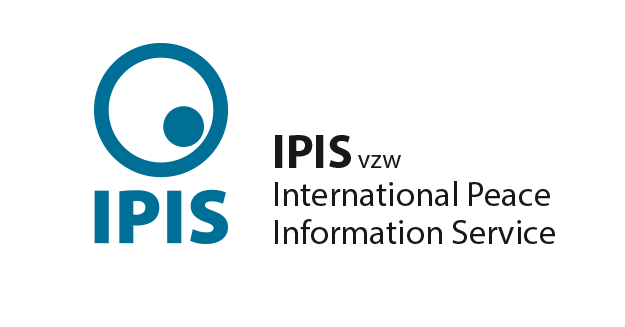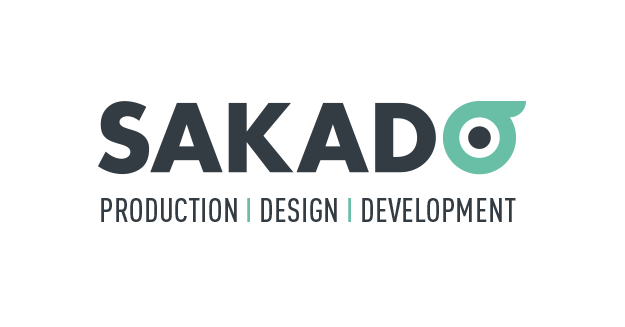10 Human rights self-assessment compliance
WHY IS SELF-EVALUATION OF HUMAN RIGHTS COMPLIANCE RELEVANT?

Self-assessment of human rights compliance supports organisations in voluntarily verifying whether their activities are in line with human rights rules and standards. They are a way to implement these abstract rules and standards into their activities.
The processes needed to comply with the duties of respect for and protection of human rights are dynamic. Their implementation also depends on the type of organisation or value chain, the specific context (country, local communities involved), human rights risks, etc. A tailored self-assessment helps organisations to adapt general rules and standards to their specific characteristics. These guidelines, checklists or databases provide roadmaps and useful information to help organisations in performing this self-assessment.
The results of self-evaluation should not be used to try to certify compliance, but to identify gaps and adapt activities to international human rights rules and standards. Self-assessment tools are intended to be used as preparatory work for monitoring the activities of an organisation or its partners.
Given the difficulty of constructing most of the indicators included in the self-assessment, results are only indicative. They should be seen as an exploratory overview of the situation of an organisation or its partners, which allows for identifying and evaluating risks, so as to take corrective or complementary measures to ensure redress or improve policies and processes.
Self-assessments are also a way to communicate a policy commitment on respect for human rights to stakeholders and partners. This way, organisations can have leverage in their value chains and promote a compliance culture adapted to the specific characteristics of the organisation. Self-assessments can also be the first step in a human rights due diligence or a human rights impact assessment.




